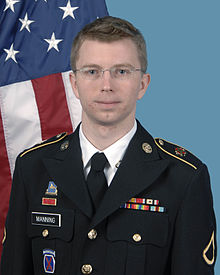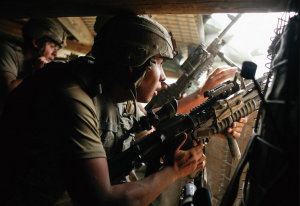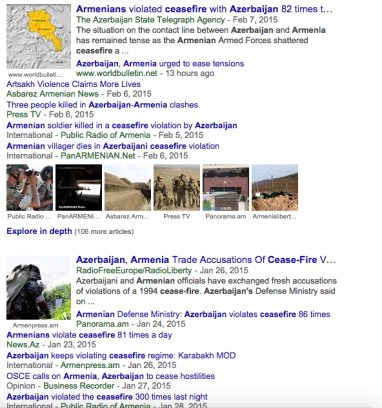Earlier in the semester I wrote a blog post about an investigative journalist, Khadija Ismayilova, who was jailed (and is still currently in jail) after a series of news pieces revealing the shady deals that surround President Aliyev’s family. Surprisingly, Buzzfeed had coverage of the story when it broke, and it’s a pretty thorough piece. The author, Max Seddon, is a world correspondent for BuzzFeed News based in Kiev who has written almost 300 pieces for Buzzfeed, several about Azerbaijan. The article follows the whole backstory of Ismayilova, detailing the governments constant attacks against her: from Khadija’s impact on Azeri policy concerning government documents, to her blackmail and public humiliation, and the constant legislative pressures encouraging her to stop her writing. It paints a pretty good picture of the Azeri government’s desire to shut her down no matter what measures they have to take. In addition to the narrative tone of the article, the visuals also add a nice touch. Other components of the piece include witness testimony from those who knew Ismayilova or her work, both American and Azeri, and hyperlinks to many of the details of the backstory if readers want to find out more.

A screenshot of the story about Khadija Ismayilova and the implications her arrest has on journalism and free speech in Azerbaijan.
This being said, I think that this article has a lot of similarities with elements of traditional media, albeit more informal and interactive. Due to the nature of the story, the “narrative-like” tone of the article lends itself to be slightly more effective than traditional media in assisting the reader in understanding the ridiculous measures that the Azeri government will take in keeping its name untarnished. Whereas a news article would have more reported the news of her imprisonment and the events leading up to it, Seddon is able to convey a more stronger message with analysis within a more relaxed journalistic frame. However, since the level of accountability in traditional media is much higher than the level of accountability in web-based media, Seddon does lose some of his impartiality as his narrative becomes quite critical of the Azeri government. Although not false, some of Seddon’s wording doesn’t lend the reader to form their opinion on the matter. One of his first lines reads:
“Ismayilova’s jailing may be the nail in the coffin for this small, mostly Muslim post-Soviet country’s civil society movement, which has been driven underground this year by a wave of repressive laws and arrests on spurious charges.”
While I agree with that statement, is doesn’t mimic the impartiality often seen in newspapers such as The New York Times or The Washington Post, but is certainly more effective in getting the reader to see the climate for journalists in Azerbaijan.





